The Top Five Models in My Collection
- Jorge A. Zajia

- Dec 19, 2022
- 11 min read
Updated: Apr 13
Haga click aquí para la versión en Español de este artículo
At present time, my steadily growing collection of 1:400 scale models sits at around 280 pieces. While a modest size, it is still a lot of models that I had to mentally sort through to pick the favorite five.
But after a while, the first three easily came out. These are models that I have had since my first stint with 1:400 scale around 2009; a time in which it wasn’t clear if the few models I had were part of a collection or a set of decorative items that packed a huge amount of sentimental value. Number four also came out fairly easy, as you will see, but when it came to choosing the fifth one among 280+ pieces, there was a lot of soul-searching involved before the clear owner of the title was chosen.
Without further ado, the top 5 models of the YV400 collection:
Number 5:
Aeropostal Boeing 727-224 Adv. N79749 “Christine” by Phoenix Models

This model has a lot of pros in many areas. First, It is one of those older models that are simple but to the point. Attention to even the smallest of details of the livery was given, and the printing and built are just good.
Second, it is a model of a Venezuelan airline, the second one produced in 1:400 scale in fact. And not any airline, but the country's oldest airline (airline brand at least).
Additionally, the model was released in 2004 and I got it in 2009, which meant that I had to look for it for a while and that always makes me value a model more.
The final reason why I like this model so very much among the 280+ in my collection is also the reason why it is the last one on this list. I actually got to see this aircraft in person and was able to even take a picture of it with my very first digital camera. However, this also means that I was already old enough when this aircraft was in Aeropostal’s fleet (2002-2005). Turns out, Aeropostal introduced the 727 in the early 2000s after their Airbus fleet renewal attempt became unviable. So as much as I love the 727, and while the aircraft does have a place in Aeropostal’s history, it is not an aircraft type generally associated with the airline’s good times. And for those that knew how to read the health of a country through the aviation thermometer, the fact that the then-largest airline in the country brought 727s to replace A320s in the XXI century meant that there was trouble brewing. Because of the not-so-great memories that I associate with this otherwise very special model in my collection, it takes the last place in the Top 5.


Number 4:
Avensa Boeing 727-2D3 Adv. YV-97C by Aeroclassics

I was expecting this model to rank higher on the list. Out of all the models in this ranking, Avensa 727s were the ones that I got to see the most throughout my entire childhood. Avensa 727s are the reason I fell in love with the legendary trijet, particularly the -200, and they are the epitome of the main focus of my collection. The urge to add an Avensa 727 to my collection is the sole reason I ventured into building kits and customizing die-cast models. Not to mention that I flew extensively on them (including my first flight), and YV-97C himself likely took me from MAR to MIA at least once sometime during the nineties. So how come this isn’t number one in the collection? I’ll explain.
There are two main reasons this model ranks so low in the Top 5, given how significant it is to me.
First, while I do remember seeing Avensa 727s wearing the livery this model wears, the livery that I remember the most is the one used in the late nineties, which consisted of a slightly different tail logo, and bare metal engines #1 and #3.
Also, since I spent countless hours looking at these birds up close from the MAR observation deck, as well as through the windows of MIA and CCS, I got used to seeing the rivet lines and oil stains. Don’t get me wrong, Aeroclassics produced a superb model, and I’m usually perfectly okay without a whole lot of extra details. But in this case, with such a simple livery, and based on my particular experiences with Avensa 727s, I need some more detail, maybe even a nose cone outline could go a long way. The model just looks too clean and simple and failed to impress me in the same way that the real thing did. Nonetheless, it is an Avensa 727-200, so it will always be in the top 5 no matter what.
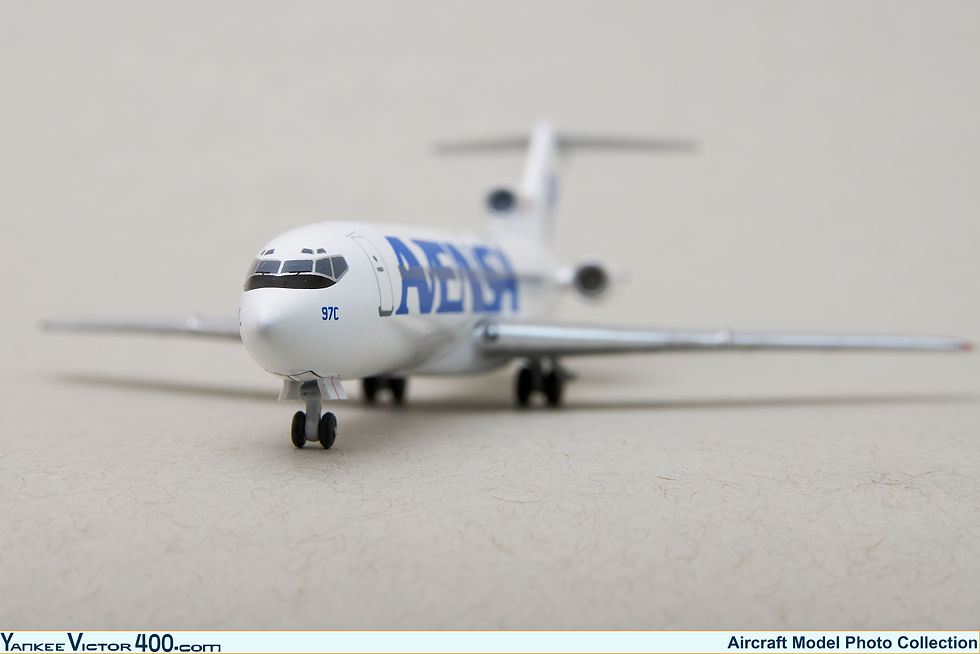


Number 3:
American Airlines Boeing 727-227 N718AA by GeminiJets

Just like the Avensa 727 that took the 4th place, this AA 727-200 fits right in the middle of my collecting criteria. I also flew many times on them, and while my first flight ever was not on board one of them, my first flight to the U.S. was (CCS-MIA in 1994). These aircraft also served my local airport, MAR, during AA’s first stint in the city in 1995.
This aircraft is right there with the Avensa 727-200 in terms of sentimental value, but what pushes it over the edge is the fact that American was such a recognized airline during the nineties, that I remember thinking that it was so cool that they served our city, which rarely appeared on the route network of foreign airlines.
The model itself has a few things I don’t like. The American Flag is a bit misplaced on the tail, but that’s not too big of a deal. However, a bigger mistake that I wish the model didn’t have is the placement of the cockpit windows, which are printed too high.
Besides those errors, the model also has some really nice attributes. While the metal is starting to tarnish a bit, the colors of the titles, logos and cheatline still pop like no other AA bird in my collection. This one also has that particularly shaped grey panel on the #2 intake/vertical stab join, which I distinctly remember seeing on the real aircraft (this detail really moved me when I got this model).
The cheatline and the chrome help hide the misplaced cockpit window from a distance. In fact, this model continues to catch my eye every time I give a general glance at the collection, and it always takes me down memory lane in a way that no other model in my collection does. When appreciating this model, I try to look at it from the top to hide the cockpit window misplacement.


Number 2:
British Airways Boeing 747-436 G-CIVI “City of Gloucester” in the Landor livery by Gemini Jets

There is something about the Landor livery that captivates me. It is the epitome of the nineties’ commercial aviation scene, and to me, it really stood in a class of its own, with a unique combination of colors and a subtle elegance unmatched by any other livery of the time.
Looking back, I can attest that the World’s Favourite Airline campaign must have been very effective, because I got plenty of exposure to the British Airways brand (in the Landor corporate image) in Maracaibo, Venezuela.
Exposure to British Airways in the Landor era came in the way of what remains the favorite Santa gift that was ever given to me: the British Airways Matchbox Gift Set, which I requested after having seen it at a local toy store – that should give you an idea of how effective BA was in spreading its image to every corner of the world.
Around the same time, my dad also brought home a British Airways World Cargo brochure, probably from an oil-industry conference. Before the internet era (we didn’t even have a PC at home at the time), I used to spend hours looking at those airline brochures that came my way. I couldn’t read English at the time, but there were plenty of good aircraft photos in them, and that BA brochure was one of my favorites to look at.
Finally, while I have never flown on British Airways, I did get to see a fair amount of 747s wearing the Landor livery during my childhood and early teen years, and I have two lasting memories from that time involving BA 747s in the Landor colors:
One time went to pick up a relative arriving from an international flight at CCS, and somehow managed to go into the boarding area (pre 9/11). Close to the gate where our relative's flight was going to arrive, there was a Landor 747-400. It looked so big and close to the terminal window, and boy did I get an eyeful of that beauty while we waited for our relative's flight to arrive.
Another time, probably the last time I saw an aircraft wearing the Landor livery in real life, I was sitting on board a Continental MD-80 at IAH during a ground stop as a massive line of thunderstorms was rolling through the area. Looking out the window, I remember seeing this British Airways 747-400 in the Landor livery break through the clouds for a few seconds only to climb back out and disappear again in the clouds. I’m guessing they had already started to execute a missed approach but broke out below the clouds for a bit in the process. I have never seen such a dramatic missed approach ever since.
And of course, there is the model itself. Back when I got this one, I was still somewhat unfamiliar with the ins and outs of 1:400 collecting, and I was still under the impression that all sought-after 747s had been made already and I had missed out, period. It really took me years to understand how fortunate I had been to be able to purchase this model new when it was released.
Not only it is a beautiful model, but also an interesting one, as it seems to have some transitional elements between the previous and current generation of GeminiJets/JC Wings 747-400s. Notice that it has rolling gears, but the gear hubs are not as detailed as the current ones (still much better than the gear hubs on the previous generation of GJ 747s). No antennas, of course (which is totally fine). And also notice that while it lacks the radome outline on the nose, it does have the lightning diversion strips. Overall, a very decent amount of detail to go along with one of my favorite liveries of all time.



Number 1:
Viasa McDonnell Douglas DC-10-30 YV-135C GeminiJets/Aeroclassics

If you have been reading anything put out by me, chances are you already knew this model was going to take the first place, so predictable…
As a kid, I did not get to see many Viasa aircraft. Their fleet was small and they focused on flying out of CCS to international destinations. So, anyone living in the interior of the country (which was my case), while acutely aware of the existence of our proud flag carrier, did not get to see their aircraft too often.
But I was aware of the fact that we had a proper national airline, and as an aviation enthusiast, that meant a lot to me. So, when I started to gain access to the internet in the late nineties, one of the first things I did was conduct research about our defunct and enigmatic flag carrier. I quickly became obsessed with it.
While conducting that research I found out that Herpa Wings had released a 1:500 scale model of a Viasa DC-10 during the nineties. Years later I decided to look for that model on the internet, but all the results pointed to a new generation of models that included more variety and were of a slightly larger scale; 1:400. Therefore, this model of YV-135C is how I got introduced to 1:400 scale, and it is the epicenter of my 1:400 collection (though it was not my first 1:400 model). It wears the Viasa’s three-shades-of-blue livery from the late eighties/early nineties, which is the livery that I remember seeing as a kid, and it is a lovely and sought-after model that took me a while to find. I am beyond grateful for having it (x2) in my collection.
This is the unequivocal number one model in my collection and I cannot think of any other model that could ever take its place.

I truly enjoy collecting many aviation-related items, but scale models are by far my favorite category of aviation collectibles. The level of detail of new models is really impressive and some of my favorite models that didn’t make it to the top 5 belong to this new generation of models. However, I can’t hide the fact that the models of interestingly-shaped jetliners of the eighties and nineties, and the sentimental value they carry is what really makes a model special to me.
Memorabilia
Finally, I'd like to show you some personal items/photos that I talked about in this story, and help illustrate why these five models are so special to me:
1) One of my first aviation photos, and one of the few that I ever got to take at CCS, showing Aeropostal N79749's tail (number 5 in the top 5) in the first plane.
2) A toy model of Concorde from the British Airways Matchbox Gift Set in the Landor livery that I got as a Santa gift sometime during my childhood. The gift set also included a 747-400 (number 2 in the top 5) and some very well-made cars, all displaying very nitid BA Landor markings above the standard Matchbox quality. Concorde is the only piece of the set that I have access to currently.

3) The British Airways World Cargo brochure that was given to me as a kid. Click on it and enjoy it in its entirety as I have scanned and uploaded every single page that is available (all but one). Imagine a kid that couldn't read English going through it and looking at all those pictures without much context!
4) A route map from an American Airlines timetable from June 15, 1995, showing Maracaibo, Venezuela in red, indicating it was a new destination. The operation only lasted a few months, but I was really excited to have the 727s of the mighty American Airlines (number 3 on the list) in my hometown. The year prior I had flown on an AA 727 from Caracas to Miami on my first visit to the U.S.

5) And finally, a collection of Avensa boarding passes booklets from flights that I took from late 1988 to mid-1993 (since I was less than a year old, up until I was approximately 5). I knew my parents thought flying in airplanes was big deal, and therefore had kept many of my first boarding passes, but honestly, it was while putting this story together that I realized that they seemed to have kept every single boarding pass from those early years.
Some of the last ones had Servivensa flight numbers, so those had to be flights operated by DC-9-30s. But judging by Avensa's fleet history, the dates, and my blurry memories, it is safe to say that the majority of the early ones were on board Avensa 727s (number 4 on the list).

Jorge A. Zajia

















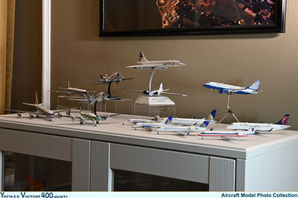
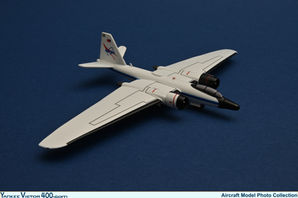


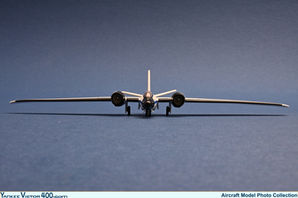


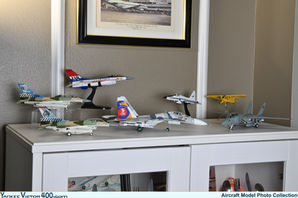

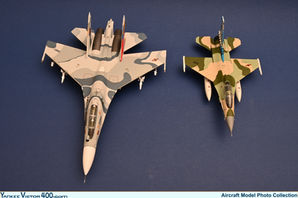
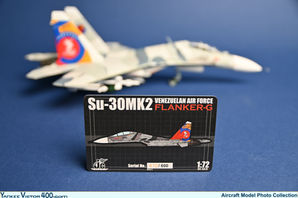
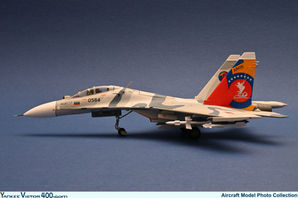










Comments